Varicocele Surgery
Varicocele is a common disorder of the male reproductive system. While asymptomatic for many years, it negatively impacts sperm production and maturation. The longer the condition remains untreated, the higher the risk of infertility. Varicocele surgery is the only way to correct abnormal venous outflow.

specialists

equipment

treatment
Показания и противопоказания к операции
Существует ряд показаний, при которых операция варикоцеле рекомендована для устранения симптомов, сохранения функции яичка, улучшения фертильности. В некоторых случаях из-за сопутствующих заболеваний, возраста, отсутствия клинических проявлений хирургическое лечение не проводится.
Показания к операции
Вмешательство назначают при:
- Бесплодии
- Прогрессирующем варикоцеле у подростков
- Тянущей боли
- Варикоцеле с атрофией яичка
- Рецидиве после предыдущих вмешательств
При выявленных нарушениях сперматогенеза операция повышает шанс на зачатие. Также она необходима при подтвержденном снижении тестостерона, хронической усталости, дискомфорте, который ограничивает физическую активность.
Противопоказания к операции
Выделяют абсолютные и относительные ограничения. Среди первых:
- Острые инфекции
- Декомпенсированные заболевания сердца, легких
- Патологии печени, почек
- Нарушения свертываемости крови
К относительным противопоказаниям относятся пожилой возраст, сахарный диабет, эндокринные нарушения, которые повышают риск осложнений.
Methods for diagnosing varicocele
To detect hidden pathologies, MR venography is prescribed. It provides a detailed image of the venous system of the scrotum, spermatic cord, and renal vein.
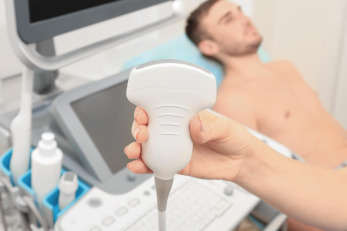
A comprehensive diagnostic test is performed to assess the condition of the veins, testicles, and reproductive function. This includes:
-
Examination and palpation. The doctor examines the scrotum in both standing and lying positions. Palpation helps identify dilated veins, assess their size, and assess the severity of the varicocele.
-
Scrotal ultrasound with vascular Doppler. Determines the speed and direction of blood flow, allowing for the detection of hidden varicoceles.
-
Spermogram. Evaluates sperm quality and quantity, morphology, and motility. Necessary to assess the impact of disease on fertility.
-
Thermography, thermoscopy. Infrared cameras are used to detect elevated temperature in the testicular area caused by blood stagnation.
-
Phlebography. This involves injecting a contrast agent through a catheter to assess the anatomy of the veins.
Varicocele Treatment Methods
When choosing a treatment plan, the urologist considers:
- Severity of the disease
- Patient age
- Anatomical features of the veins
- Testicular condition
- Fertility
If a decrease in testicular volume, impaired spermatogenesis, or infertility is diagnosed, a method is chosen that maximally preserves testicular and arterial function. The patient's wishes regarding recovery, risk of complications, and cosmetic results are also taken into account.
Ivanissevich Operation
A traditional method of treating varicocele, in which the surgeon makes an oblique or longitudinal incision in the groin area. Through this incision, the testicular vein is ligated.
Advantages of the Ivanissevich operation:
- Can be performed on bilateral varicoceles
- No need for a microscope or complex equipment
- Highly effective in treating stage 2-3 disease
Disadvantages include the risk of testicular atrophy, a long healing period, and a scar resembling an appendectomy (4-5 cm). Due to its high invasiveness, the Ivanissevich operation is rarely used in modern urological surgery.
Palomo Operation
A classic open procedure in which the surgeon makes an incision in the lower abdomen or groin. Through the incision, the veins of the spermatic cord above the junction with the renal vein are ligated. This stops the backflow of blood. This method prevents blood stagnation in the testicle and reduces pressure in the veins.
Advantages:
- Treatment of varicocele in late stages
- Ability to correct the pathology on both sides
- Safe for adolescents
- Ability to treat other pathologies in the groin area
The Palomo operation leaves a noticeable scar due to the extent of the procedure and tissue tension. There is also a high risk of hydrocele (dropsy of the testicle), which manifests as swelling and enlargement of the scrotum.
Marmara Operation
This is performed microsurgically through a 1.5-2 cm incision in the groin. The surgeon ligates and divides all dilated veins of the spermatic cord, preserving the lymphatic vessels and artery. The procedure is performed under local anesthesia.
Advantages:
- Minimally invasive
- Low risk of complications
- Can be performed on an outpatient basis
- Short recovery period – 1-2 weeks
This method is suitable for unilateral varicocele. If the patient has concomitant scrotal or groin conditions, they are not treated during the Marmara operation. These require a separate procedure.
Endoscopic Treatment
A modern method in which the doctor ligates pathological veins through small punctures in the abdominal wall. A laparoscope with a mini-camera is used for better visualization of the vessels.
Pros:
- Possibility of bilateral varicocele removal
- Excellent cosmetic result
- Fast recovery – on average 1-2 weeks
Cons include the need for general anesthesia, the risk of bleeding and adhesions, and a higher cost compared to traditional surgeries.
Sclerotherapy
A minimally invasive treatment method in which a sclerosant is injected into the dilated veins of the spermatic cord through a catheter. The substance seals the vein walls, blocks blood flow, and eliminates varicose veins. The procedure is performed through a puncture in the vein, without incisions or sutures.
Pros:
- Outpatient procedure
- Short recovery period—the patient returns to normal activities in 1-2 days
- No risk of damage to the vas deferens or artery
Sclerotherapy is not suitable for patients with grades 2 and 3 varicoceles, bleeding disorders, or varicose veins of the lower extremities. Allergic reactions and vein inflammation are possible after sclerosing agent injection. In rare cases, the procedure is ineffective if the condition recurs, so doctors prescribe the Marmara procedure.
Varicocele surgery prices
The cost of surgery in Moscow depends on the technique, the severity of the varicocele, the type of anesthesia, and any complications. Additional services include suturing, postoperative medications, dressings, follow-up examinations, and a bandage.
You can find current prices in rubles in the price list on the K+31 website or by calling the administrator. Our medical center employs experienced specialists who conduct a comprehensive examination, explain all treatment options in detail, and select the best option for each patient. Schedule an appointment now to receive qualified care and a personalized treatment plan!
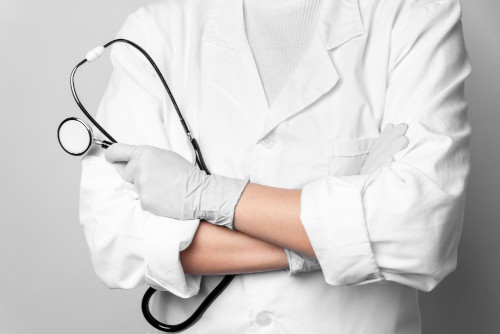
Frequently Asked Questions
When is surgery necessary?
Surgery is prescribed if varicocele causes pain, infertility, or testicular atrophy. Intervention is also indicated if the disease progresses and causes a significant cosmetic defect. In asymptomatic cases, observation is sometimes sufficient.
Which operation is considered the most effective?
Life expectancy depends on the extent of the lesion and overall health. If the disease does not progress, the patient can live with it for a long time without significant limitations. If symptoms worsen, surgery is required. The Marmar microsurgical procedure is considered the most effective. It is characterized by minimal trauma, rapid recovery, and a low risk of recurrence.
How does rehabilitation proceed after surgery?
The patient will remain in the hospital for a few days to 1-2 days. In the first few days after surgery, physical activity should be limited and a supportive brace should be worn. Full recovery takes 2-4 weeks.
Is varicocele surgery painful?
The procedure is performed under local or general anesthesia, so there is no pain. Mild discomfort and a nagging sensation may occur after the procedure, which subsides within 2 days.
Can varicocele recur after surgery?
Yes, relapse is possible. According to statistics, the recurrence rate of the disease ranges from 5-10%. Heavy exercise, chronic constipation, increased intra-abdominal pressure, and an atypical venous system accelerate relapse.
Does sperm quality improve after surgery?
In most cases, sperm counts improve significantly within 3-6 months. This is due to normalization of testicular temperature and blood flow.
Does surgery have a negative impact on potency?
No, it doesn't. On the contrary, normalizing blood flow and reducing pain has a positive effect on sexual function. The main goal of the procedure is to preserve fertility and testicular health.
How long can I not have sex after surgery?
The minimum period is 2 weeks. Abstaining from sexual intercourse promotes successful healing of the incision and prevents complications.
How long do the effects of the surgery last?
If the surgery is performed correctly, the results last a lifetime. To reduce the risk of recurrence, it is important to follow your doctor's recommendations during the recovery period.
When can I return to work after the procedure?
Sedentary work can be resumed within 2-3 days. If the job requires physical activity, the break lasts 2-4 weeks. The exact time depends on the surgical method and the patient's condition.

This award is given to clinics with the highest ratings according to user ratings, a large number of requests from this site, and in the absence of critical violations.

This award is given to clinics with the highest ratings according to user ratings. It means that the place is known, loved, and definitely worth visiting.

The ProDoctors portal collected 500 thousand reviews, compiled a rating of doctors based on them and awarded the best. We are proud that our doctors are among those awarded.
Make an appointment at a convenient time on the nearest date
Price
Other services

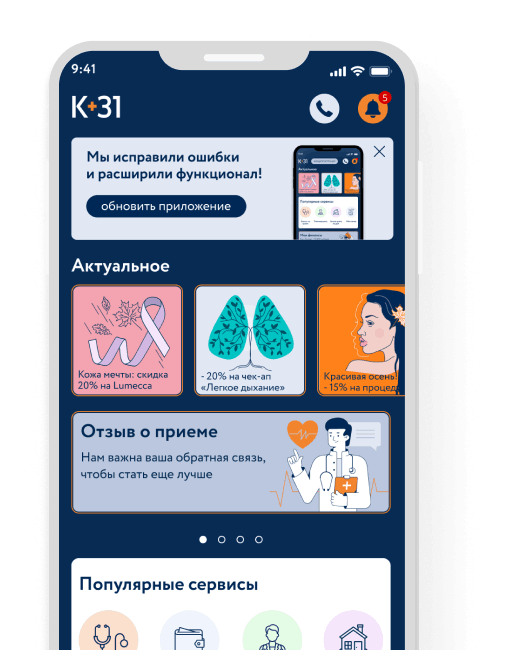
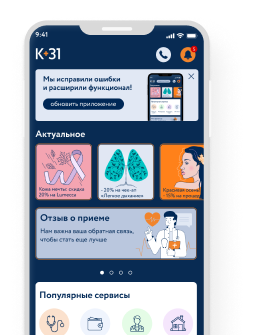



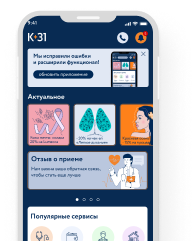
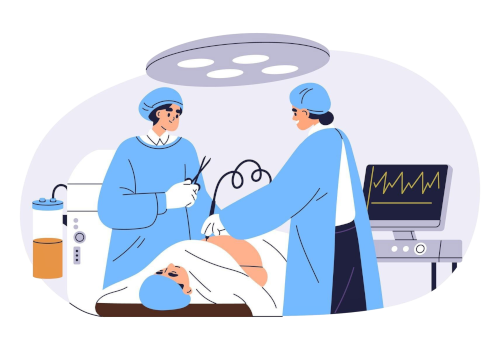
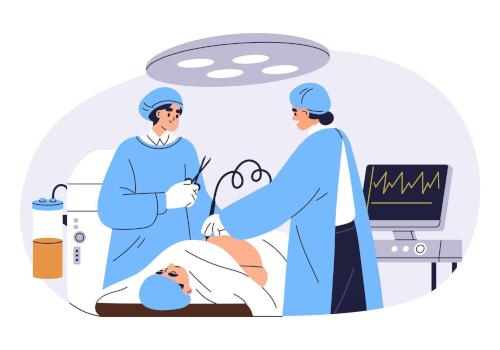
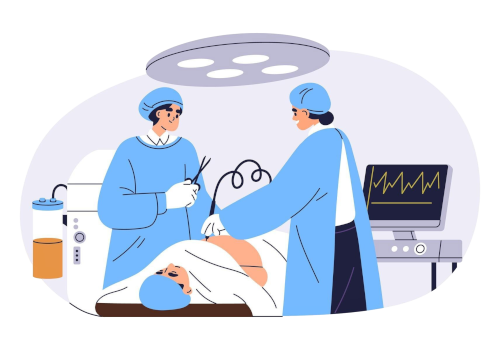
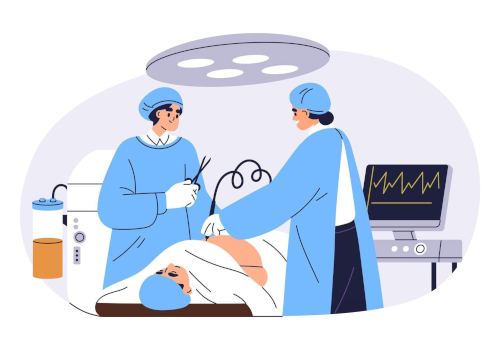
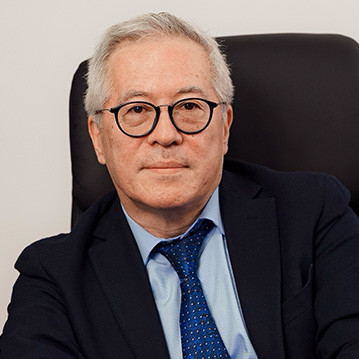

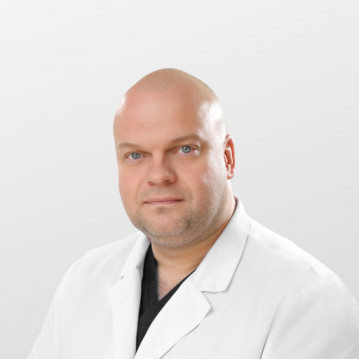
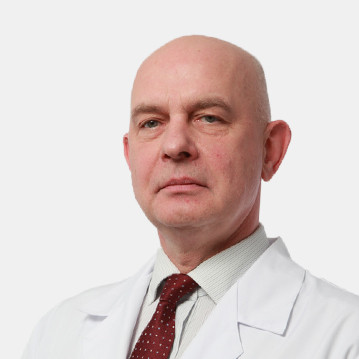
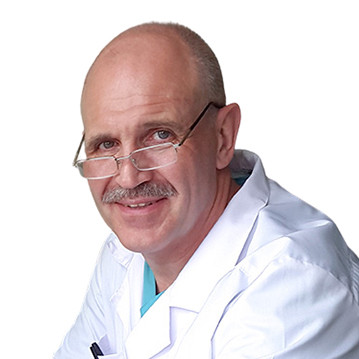
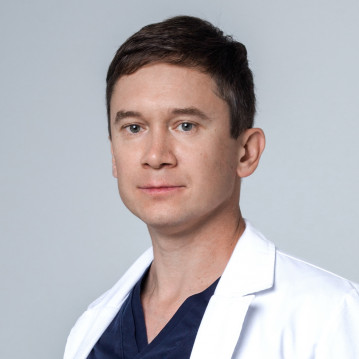
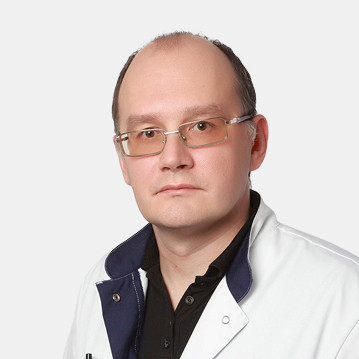
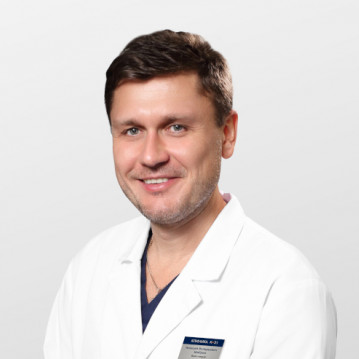

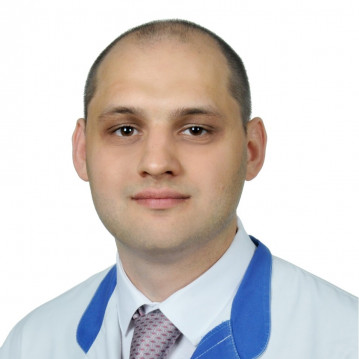
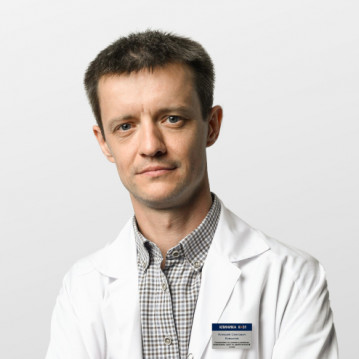
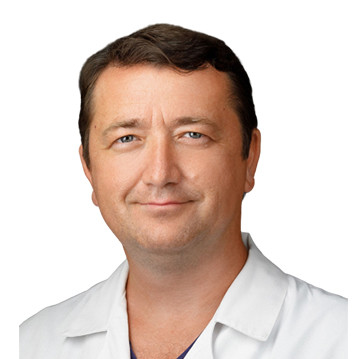
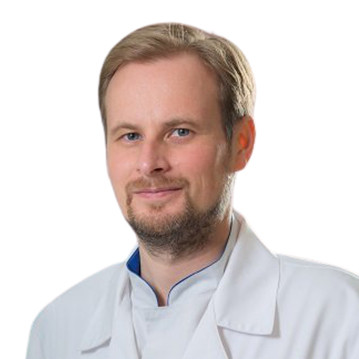
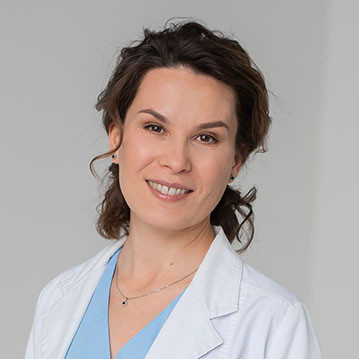
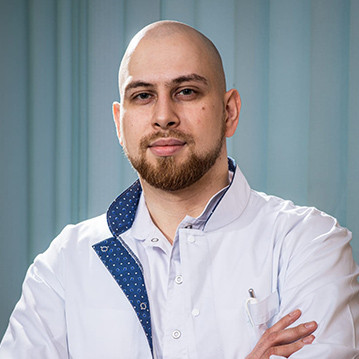
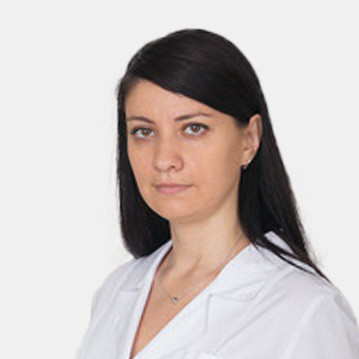
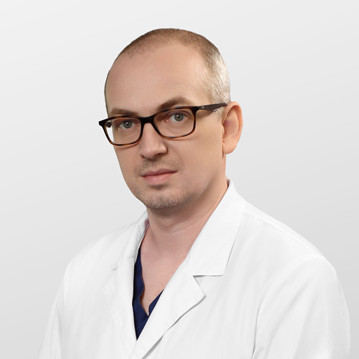
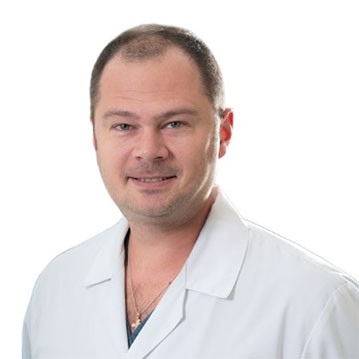
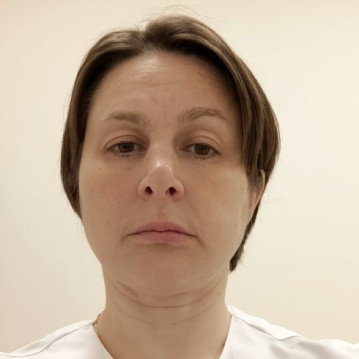
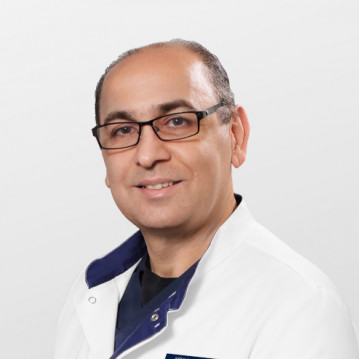


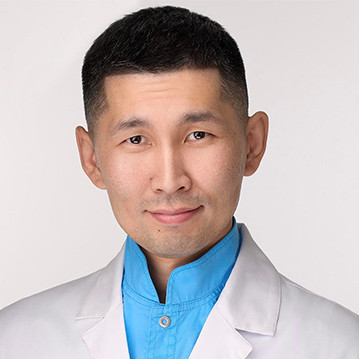

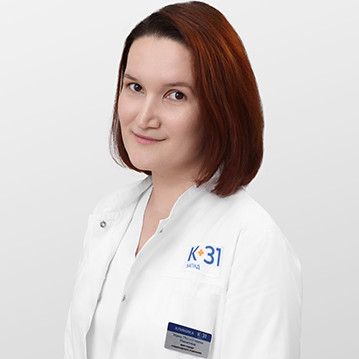


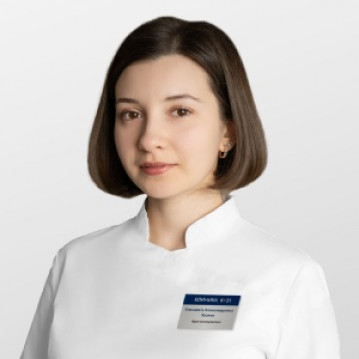

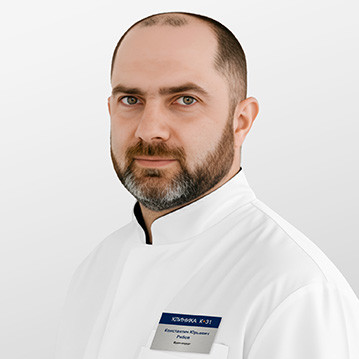
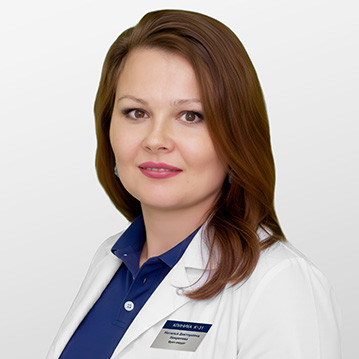
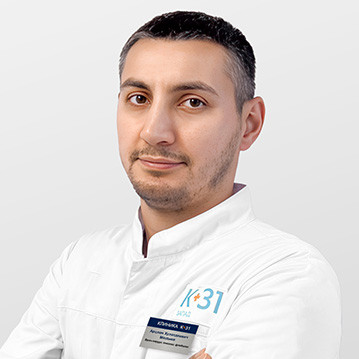
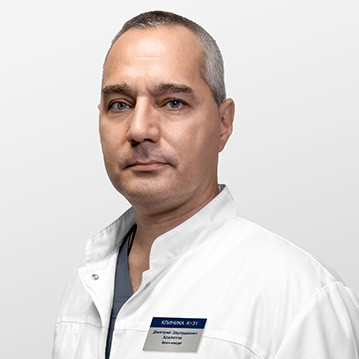

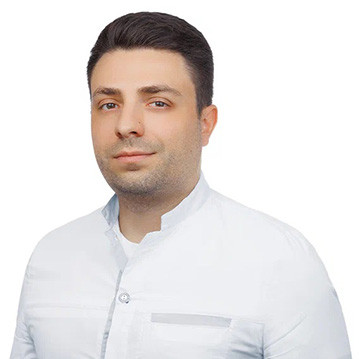
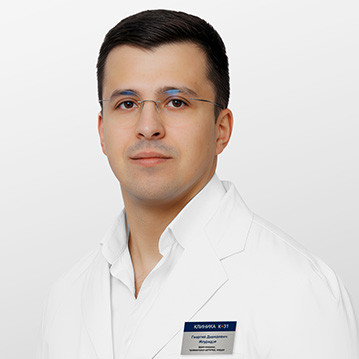







General information about varicocele
Varicocele is a dilation of the veins of the spermatic cord and testicle, predominantly on the left side (up to 80% of cases), caused by dysfunction of the venous valves and blood stagnation. According to statistics, it occurs in 10-15% of men. It is most often diagnosed between the ages of 15 and 25.
There are two forms of the disease:
Depending on the severity of the scrotal vein dilation, three degrees of varicocele are distinguished. The first degree is characterized by an asymptomatic course and is often discovered incidentally during an infertility examination. The veins are dilated, but are only visible under stress, for example, during the Valsalva maneuver.
Grade 2 varicocele is accompanied by pain and a feeling of heaviness in the scrotum. The veins can be felt while standing. Grade 3 varicocele is characterized by an increase in all symptoms. Testicular atrophy or a decrease in volume is possible.